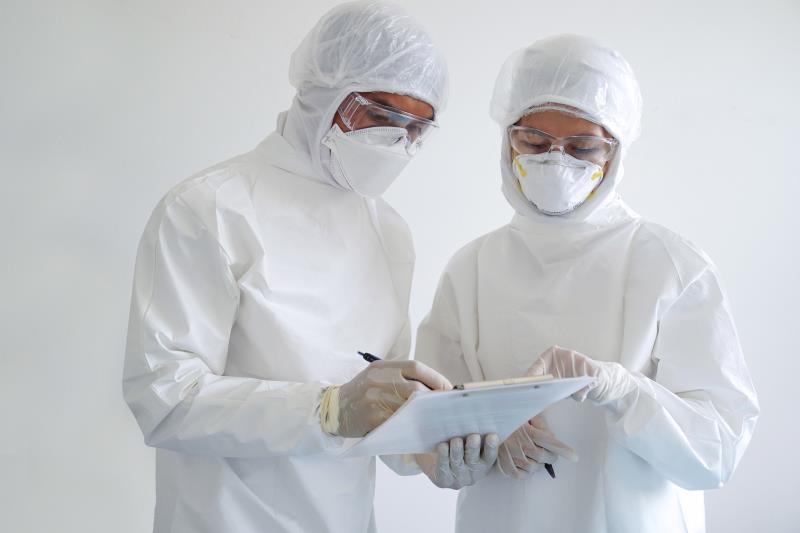
A US-developed home-assessment programme to test for SARS-CoV-2 may prevent unnecessary exposure to the virus and improve healthcare resource utilization.
“In a clinically stable patient with mild symptoms, alternative methods for special pathogen evaluation/testing are vital to preserve healthcare resources and prevent unnecessary exposures,” noted the researchers.
“This model benefits both the public health and clinical healthcare systems by increasing safety and efficiency while reducing the costs and complexity of SARS-CoV-2 testing for patients who do not require emergency evaluation or hospitalization,” they said.
Initial contact
Individuals with symptoms or who have possibly been exposed to SARS-CoV-2 who meet the CDC* testing criteria are eligible for the Harborview Home Assessment Team (HAT) programme.
Upon approval by Public Health–Seattle & King County (Public Health), the patient is then contacted to determine safety and feasibility of home assessment. A member of HAT will register the patient, discuss the visit, and determine suitable locations for donning/doffing of personal protective equipment (PPE). The patient will also be queried on their breathing comfort, ability to eat and drink, and mobility.
Home visit
The patient is visited by a HAT which comprises one physician, one nurse, ≥1 trained PPE observers, and one site commander. The physician and nurse don CDC-recommended PPE before entering the patient’s home. The physician takes a medical history and performs a physical examination of the patient. Nasopharyngeal and oropharyngeal swabs are taken. The swabs are placed in collection vials and the vials placed into biohazard bags which are cleaned with bleach wipes. After exit from the assessment site, the bags are placed into an autoclavable box and sealed by a clean trained observer, and the box is transported back to the laboratory for specimen testing. Documents are signed and photographed. Patients are instructed on self-isolation and are contacted frequently by Public Health until negative results or symptom resolution.
HAT members remove PPE one at a time. Hands are cleaned with a 70 percent ethanol-based sanitizer. Waste removal practices are carried out. Used equipment is left with the patient and will be processed according to test results**. The home assessment process takes about 3 hours. HAT members complete daily temperature and symptom logs for 14 days or until determination of the patient’s negative results.
This programme was tested successfully in 15 homes. Two patients tested positive for SARS-CoV-2, though none needed hospitalization. None of the HAT members developed symptoms. There were no incidents of PPE contamination.
The necessity of home assessment
The home-assessment programme was initially developed by the Harborview Medical Center and Public Health in Seattle, Washington, US, in 2014 to test minimally symptomatic patients with Ebola. However, the programme was only recently implemented to assess patients with COVID-19 who did not require emergency medical care or hospitalization, said the researchers.
“Given concerns with healthcare exposures and healthcare-associated outbreaks with SARS-CoV-2, as well as historical experiences with SARS-CoV and MERS-CoV transmission in healthcare settings, minimizing the exposure risk to clinics, emergency departments, and hospitals is crucial,” noted the researchers.
“[T]his model can likely be used for other novel outbreaks and potentially in unconventional settings like ships, planes, and airports that can be served by scaling-up HAT size to allow large scale screening of individuals,” they said.